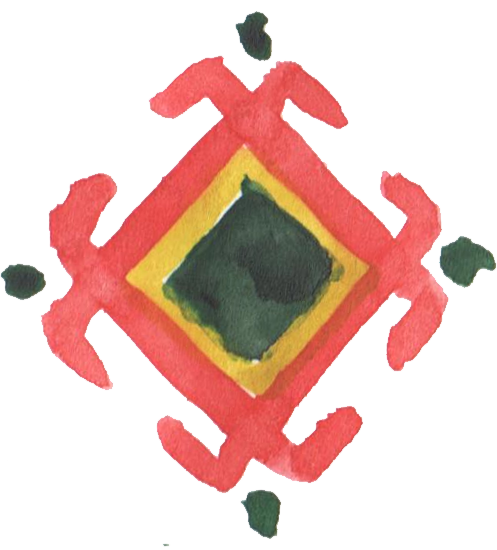Мы используем файлы cookie. Продолжив работу с сайтом, вы соглашаетесь с Политикой использования cookie и Пользовательским соглашением.
ОК
Danil Andreev
Bashkir ornament
Bashkir ornament is the history of the people, concentrated in the drawing. It like in a mirror reflects the origins of the Bashkirs, their interaction with neighboring cultures. Reliance on the traditional Southern Urals pattern is a prerequisite for the development of contemporary art in the region, therefore it is important to preserve this type of folk art for future generations.
National Bashkir ornament is represented on the coat of arms of the Republic of Bashkortostan. In accordance with the Constitution of the Republic of Bashkortostan and the Law of the Republic of Bashkortostan «On State Symbols of the Republic of Bashkortostan» of July 6, 1999 the ornament frames the monument to Salavat Yulaev against the background of the rising sun and its rays. This is the so-called «kuskar» – «ram's horns» – a symbol of fertility, herbs, cattle breeding. The design of the coat of arms was developed by the Honoured Worker of Culture of the Republic of Bashkortostan Fazletdin Islakhov.


Characteristics of the Bashkir ornament
Symmetrical patterns can be found on almost all objects of Bashkir everyday life. A special charm-pattern was applied to the sleeves, collar and hem of clothing, and the ornaments on the walls and decorative elements were protection of the house from intervention of ghosts and evil spirits.
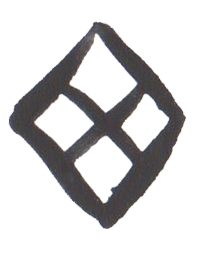
The color of the Bashkir ornament was outmost important thing. Vivid combinations were built by contrasting strong and pure shades. Red, yellow, black, green, white, blue and brown colors prevailed. The Bashkirs associated them with fertility, sun and beauty of the surrounding world.
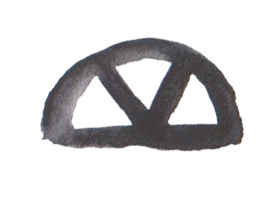
The Bashkir ornament can be located along the edges of the object, with separate rosettes or with a continuous grid. Often these techniques are used simultaneously. Large elements are located in the center of the fabric, and small elements repeating each other are located on the sides.
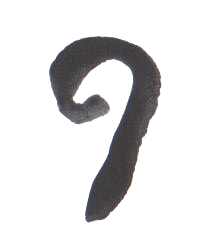
The set of images and figures of the Bashkir ornament stands on the opposition of day and night, life and death, light and darkness, male and female. These figures alternate with each other, and a certain central element of the ornament unites them into one whole. Such a center could be the image of a female progenitor, a silhouette of a tree of life or a rhombus as a symbol of land and arable land.
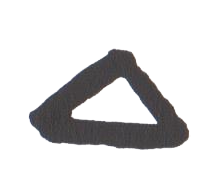
Most often in the Bashkir ornament there are symbols of vegetation, parts of the bodies of animals, the sun, as well as geometric shapes. A special role was given to the image of the triangle. People believed that it is able to protect against diseases and other misfortunes.
Towels. Exhibits of the Aurgazinsky Museum of History and Local Lore
Types of Bashkir ornament
First complex:
appeared in prehistoric times. It includes simple geometric shapes: triangles, zigzags, parallel oblique lines, circles, vortex rosettes. Wooden, clay and leather products with such patterns are most often found by archaeologists in the mountainous regions of Bashkortostan.


Second complex:
consists of bent and curved lines in the form of a spiral, heart-shaped and horn-shaped figures, waves. They were used by the Bashkir steppe tribes to decorate items of nomadic life.
Third complex:
the plant ornament in the third complex is found throughout the territory of the Bashkir settlement.


Fourth complex:
spread to the western regions of the republic. It included elements common to the Turkic peoples, for example, multistage combinations of rhombuses, triangles and curls.
Fifth complex:
spread widely in the southeast of the Urals and consists of images of animals and birds, separated by plant ornaments.


Sixth complex:
squares and rhombuses, simple, ledged, serrated, with extended sides, with paired horn-shaped curls at the tops, eight-pointed rosettes and others. Patterns of this group are most often found in the northern part of Bashkortostan.
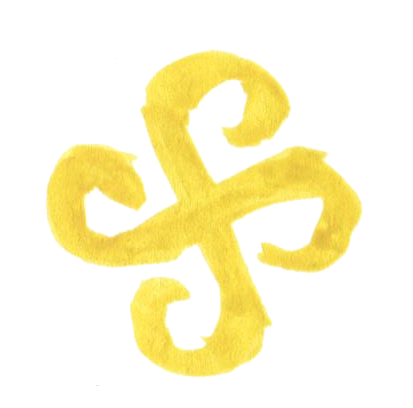

Works of the craftswoman Zarema Khusainova from Aurgazinsky district of Bashkortostan
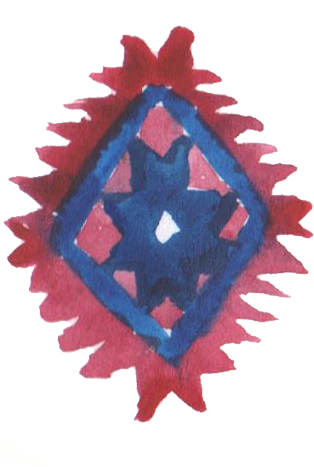
History of Bashkir ornament
The oldest samples of the Southern Urals ornament came to us in the form of ceramic shards from the Neolithic era (VI–IV millennium BC), but it is rather difficult to discern the features of modern Bashkir national patterns in them. The first images applied to pottery were simple geometrical figures without special meaning.
Over time the widespread development of folk crafts led to the emergence of arts and crafts, namely embroidery, artistic processing of metal and wood. Bashkir tribes decorated household items with pagan symbols and motifs of nomadic life. In this way they expressed understanding of the world around them.
Over time the widespread development of folk crafts led to the emergence of arts and crafts, namely embroidery, artistic processing of metal and wood. Bashkir tribes decorated household items with pagan symbols and motifs of nomadic life. In this way they expressed understanding of the world around them.

Vessel. Neolithic era.
Sterlibashevsky district of Bashkortostan. Excavations by I. M. Akbulatov, 1990. National Museum of the Republic of Bashkortostan
The Prophet Muhammad warned:
«Truly, the worst punishment on the Day of Judgment awaits artists [depicting people or animals]». Source: Ahmad ibn 'Ali ibn Hajar al-'Asqalani. Fath al-bari bi-sharh Sahih al-Bukhari. Hadith No. 5950.
«Truly, the worst punishment on the Day of Judgment awaits artists [depicting people or animals]». Source: Ahmad ibn 'Ali ibn Hajar al-'Asqalani. Fath al-bari bi-sharh Sahih al-Bukhari. Hadith No. 5950.
In the 7–11 centuries, when Islam came to the Southern Urals, images of people and animals began to disappear from the Bashkir ornament, and the patterns were greatly simplified. Nevertheless, they managed to preserve some of the characteristic features of the pre-Islamic period and, most importantly, their functional features.
From ancient times until the beginning of the 19th century with the help of ornaments the Bashkirs protected themselves from misfortunes and evil spirits, endowed drawings on clothes and jewelry with a sacred meaning. This continued during the invasion of the Golden Horde and after joining the Russian state.
From ancient times until the beginning of the 19th century with the help of ornaments the Bashkirs protected themselves from misfortunes and evil spirits, endowed drawings on clothes and jewelry with a sacred meaning. This continued during the invasion of the Golden Horde and after joining the Russian state.
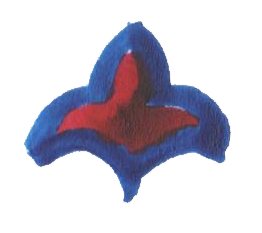
By the time of the formation of the USSR the national ornament had lost its previous semantic meaning. Modern man began to perceive the ornament as a simple decoration, pattern.

Chest. Exhibit of the Aurgazinsky Museum of History and Local Lore

Study of Bashkir ornament
The oldest specimens of Bashkir arts and crafts items that have come down to us intact belong to the 18th century. At different times prominent representatives of science became their collectors.
Peter Simon Pallas
(1741–1811)
German scientist-encyclopedist. Was with an expedition to the Southern Urals in 1769–1770 and 1773. The collection of ornamented objects of the Bashkirs, collected by him, is kept in the Kunstkamera.
Ruf Gavrilovich Ignatiev
(1818–1886)
Local historian, archaeologist and journalist. «Patriarch» of Bashkir local history. He compiled the first archaeological map of the Orenburg and Ufa provinces.
Sergei Ivanovich Rudenko
(1885–1969)
Russian and Soviet archaeologist. In 1906 and 1907 he made an expedition to Bashkiria, acquiring for the Ethnographic Department of the Russian Museum a collection that comprehensively characterizes the ethnography of the Bashkirs, covering all local groups.
Bashkir ornamented collections have long been known abroad. In 1909 in order to replenish the collection of the Hungarian Ethnographic
Museum the researcher Gyula Meszaros went through Russia to the Perm Bashkirs and acquired 225 items, among which were leather goods, art forging items, women's jewelry, samples of embroidery, weaving and applique.
Museum the researcher Gyula Meszaros went through Russia to the Perm Bashkirs and acquired 225 items, among which were leather goods, art forging items, women's jewelry, samples of embroidery, weaving and applique.

Leather bag decorated with ornaments. Collection of the Hungarian Ethnographic Museum
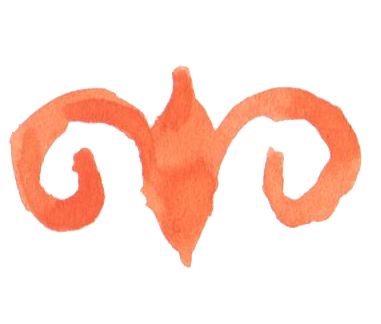
With renewed strength the study of Bashkir arts and crafts began during the Soviet Union. In 1920 members of the Scientific society for the study of life, history and culture of Bashkiria went on an expedition to the southeastern regions of Bashkiria. «The expedition traveled through Bashkiria on horses for more than 1000 versts (Russian unit of distance measurement corresponding to the current 1066.9 meters) through the Yurmatynsky, Tamyan-Kataisky, Burzyan-Tangaurovsky, Usergansky and Kipchak-Dzhitirovsky cantons. The expedition acquired up to 120 items for the ethnographic department of the museum [...]. The expedition returned to Sterlitamak not only completing its task of exploring the southeastern region, but also collecting in general such an amount of material that already makes it possible to open the central museum of Bashkiria...», the members of the expedition wrote in the report.
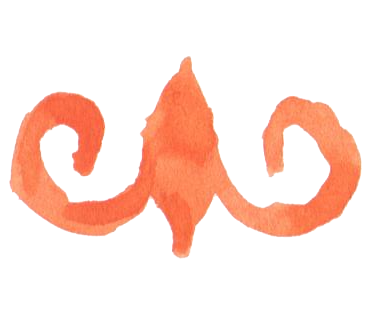
Monuments of the ornamental creativity of the Bashkirs are gradually disappearing. Not only state and municipal collections help to preserve them, but also school museums and private collectors. Below is the exposition of the Aurgazinsky Museum of History and Local Lore.

The use of Bashkir ornament in traditional culture
The pre-revolutionary use of ornament was regulated by the needs of the family. Magic charms-drawings were applied to jewelry, tools, horse decoration, clothing, decorative elements of a home, furniture and other household items.
The Bashkirs decorated all fabric products with bright, colorful ornaments: from towels to felt coverings of yurts (classical house of steppe nomad). Huge number of woven and embroidered things were prepared as a dowry for the bride: towels, tablecloths, scarves, curtains, wedding and weekend suits.
Men, whose clothes quickly wore out during heavy physical labor, were less likely to decorate their suits with ornaments than women. A richly decorated military suit could only be afforded by wealthy batyrs (heroes, brave warriors). For women, towel-shaped headdress tastar, the headband harauys, outerwear yelyan, camisole and other parts of the costume were decorated with ornaments.
Examples of ornaments on women's and men's clothing. Exhibits of the Aurgazinsky centralized library system

Since the middle of the 20th century striped carpets decorated with floral motifs in the form of curls and branches with flowers, leaves, berries, apples, etc. have become popular in the southwest of Bashkiria. They were woven from dyed sheep or goat wool. The pattern was simple: it consisted of longitudinal, serrated or smooth multi-colored stripes. Such a simple Bashkir ornament spoke of the ancient origin of the carpet pattern.
Carpets. Exhibits of the Aurgazinsky Museum of History and Local Lore

Modern use of Bashkir ornament
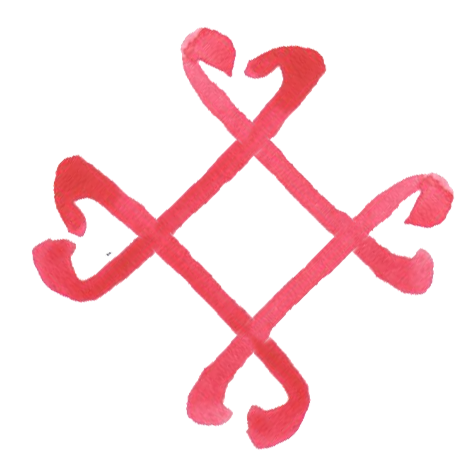
Today the Bashkir ornament is not just carefully reproduced by handicraftsmen. The simple, geometrically correct rhythmic pattern of the Southern Urals peoples is well combined with various modern trends and styles, therefore it does not lose its relevance.
Photo: Oleg Yarovikov / bashinform.ru
Ornaments are involved in the design of various all-Russian and international events taking place in Bashkortostan.
In 2015 the BRICS logo and corporate identity, the design of the SCO events, as well as a combined logo and corporate identity for the design of the common space for the summits were developed. The combined design style is based on elements of the national Bashkir ornament. The traditional pattern have been modernized to give the style an expressive and contemporary sound.
Often the national ornament is found in the architecture of the settlements of Bashkortostan. Thus, the rhombic pattern, which denotes comfort and hospitality, can be seen on the facade of the Toratau Congress Hall in Ufa. The ornament here is in harmony with the high-tech style.


During the transport reform of 2019 the largest motor transport complex of the republic «Bashavtotrans» received more than 500 new shuttle buses, under the roof of which the famous «ram's horns» flaunted. An element of the Bashkir ornament also appeared on the logo of the transport company.
